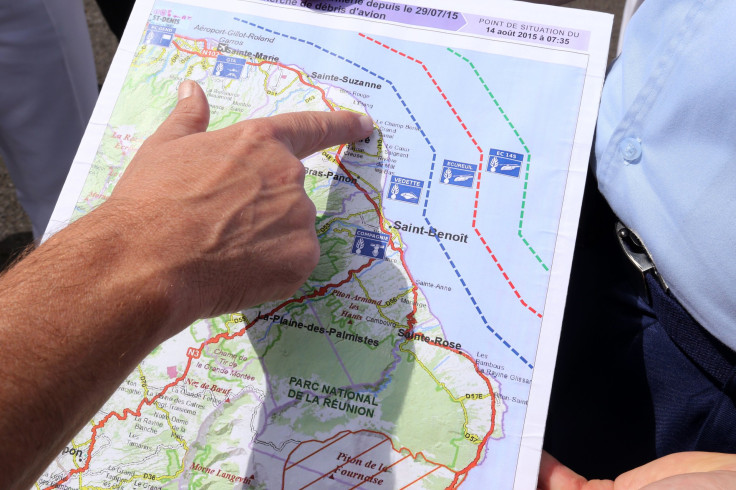Flight MH370 Update: More Debris Could Help Investigators Locate Rest Of Missing Malaysia Airlines Plane, Expert Says

If authorities had more debris from missing Malaysia Airlines Flight 370, they might be able to determine where exactly on the Indian Ocean floor the rest of the plane is, an aviation expert told the Malaysian news agency Bernama this week. Finding more wreckage is critical because it would carry marine residues indicating the location of the wreckage, said Mohd Harridon Mohamed Suffian, the head of research and innovation at Universiti Kuala Lumpur.
"Using marine ecosystems analysis, comparing samples and recorded marine data, scientists can determine where the residues originated," he said. "With more of the wreckage found, scientists would have more data, and more data means better chance of analysis accuracy."
MH370 and the 239 people on board disappeared in March 2014 en route from Kuala Lumpur to Beijing. Investigators believed the plane veered far off course and crashed into the Indian Ocean, but until last month, an intensive search turned up nothing. Residents on Réunion Island, a French territory near Madagascar, discovered a flaperon wing part that after testing Malaysian Prime Minister Najik Razak said was "conclusively confirmed" to have come from the missing plane.
The news inspired islanders to turn over dozens of pieces of debris found on their local shores, but nothing else has been linked to MH370. France announced Monday it would scale back its search in the area. "In the absence of a new discovery of objects of interest to the ongoing investigation, it appears that the statistical chances of discovering the remains of the MH370 in an organized research appear to be extremely low," police said in a statement.
Malaysian authorities were also examining debris found in the Maldives, though most of it has been classified as not being plane material.
At least one expert has told reporters he thinks the plane, a Boeing 777, is sitting intact on the Indian Ocean floor. Satellite communications specialist Zaaim Redha suggested the relatively undamaged state of the flaperon indicated that the aircraft "went out of fuel, it glided downwards and landed on the water with a soft impact," news.com.au reported.
© Copyright IBTimes 2024. All rights reserved.





















